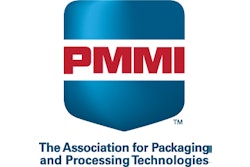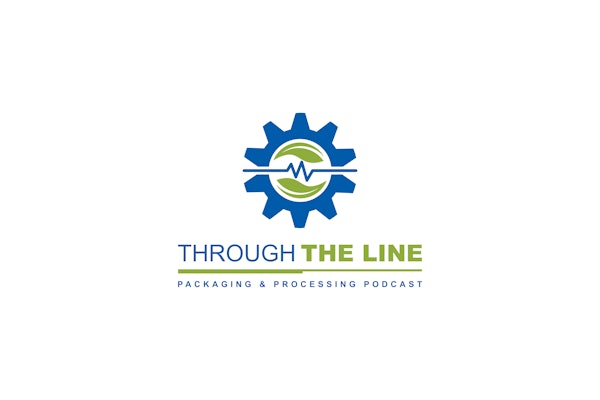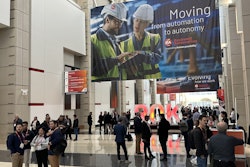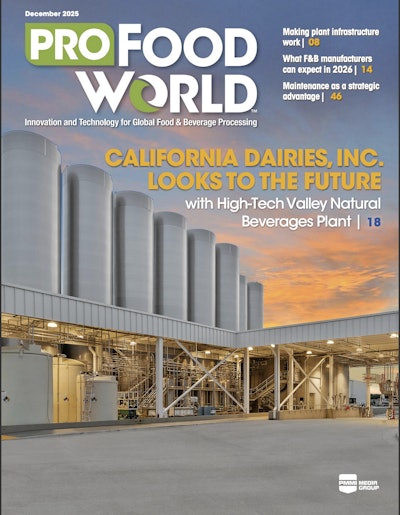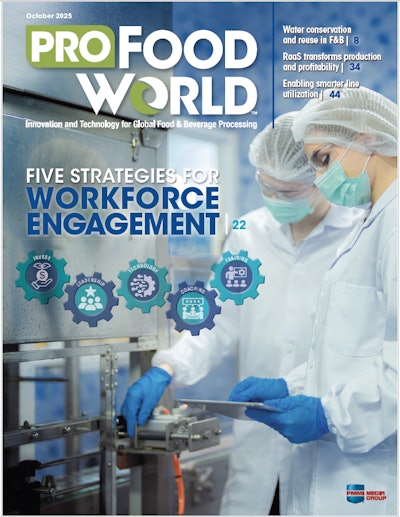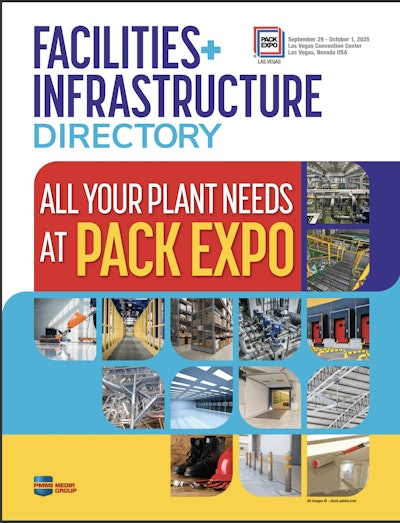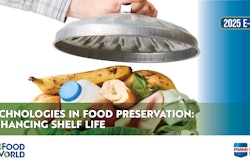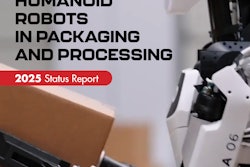Dr. Bryan Griffen is the President of Griffen Executive Solutions LLC.
The food and beverage manufacturing industry is experiencing a period of rapid transformation. Advances in automation, evolving consumer preferences, and an increasingly competitive labor market are forcing companies to rethink how they attract and retain employees. The reality is stark: Companies that fail to prioritize workforce stability risk higher turnover rates, increased operational disruptions, and rising recruitment costs.
Retention has become as critical as recruitment. While attracting new talent is essential, keeping experienced employees engaged and committed provides stability, protects institutional knowledge, and enhances productivity. The challenge lies in creating a workplace where employees feel valued, supported, and motivated to stay. The most effective retention strategies focus on three key areas:
- Fostering a supportive work environment
- Offering competitive compensation and benefits
- Cultivating a culture of innovation and continuous learning
Creating a supportive work environment
A company’s work environment plays a direct role in how employees perceive their job satisfaction and long-term commitment. While compensation and career growth are important, the day-to-day experience at work is often what determines whether an employee stays or seeks opportunities elsewhere.
One often-overlooked factor in retention is the physical workplace itself. Many companies have found that investing in improved lighting, better airflow, and climate control makes a noticeable difference in employee morale. Temperature extremes, poor ventilation, or dimly lit work areas create discomfort and fatigue, leading to frustration and dissatisfaction. Improving these conditions signals to employees that leadership cares about their well-being.
Safety is another critical component of a positive work environment. However, safety policies alone aren’t enough: Employees need to see leadership actively supporting and modeling safe behaviors. When managers enforce safety protocols consistently and invest in better equipment, employees feel more secure and engaged. Leading by example fosters a culture of trust, demonstrating that workplace safety is a shared priority rather than just another set of regulations.
Beyond physical conditions, strong communication and engagement between employees and leadership significantly impacts retention. When employees feel heard and valued, they are more likely to remain loyal to an organization. Regular feedback sessions, town hall meetings, and open-door policies give employees a voice in decision making. Transparent communication about company goals, performance expectations, and operational changes helps reduce uncertainty and fosters a sense of belonging.
The role of leadership in employee retention cannot be overstated. Employees are more likely to stay in workplaces where management is approachable, supportive, and committed to their success. Companies that provide leadership training to supervisors—focusing on mentorship, emotional intelligence, and conflict resolution—often see stronger team cohesion and lower turnover. Employees don’t leave jobs—they leave bad managers. Investing in leadership development ensures that supervisors and managers create a workplace where employees feel respected and motivated.
Offering competitive compensation and benefits
Competitive pay is undoubtedly a key factor in employee retention, but it’s not just about salaries: It’s about the overall value employees feel they are receiving from their employer. Companies that provide well-rounded benefits packages—including healthcare, retirement plans, and paid leave—are more likely to retain top talent. In a competitive labor market, these perks often make the difference between an employee staying or leaving for a competitor.
Food and beverage manufacturers have a unique advantage when it comes to employee perks. Many companies offer discounted or free products to employees, which not only serves as a tangible benefit but also fosters a sense of connection to the brand. Employees who take pride in the products they help create are more likely to stay engaged in their work.
Career development opportunities are another essential component of retention. Employees want to see a future for themselves within the organization. When companies invest in tuition reimbursement, training programs, and clear pathways for advancement, employees feel valued and motivated to grow. Promotions from within not only strengthen the workforce but also reduce the costs associated with external hiring and onboarding.
While structured career growth programs help with long-term retention, recognition and incentives keep employees engaged in the short term. Performance-based bonuses, profit-sharing, and employee appreciation programs reinforce the idea that hard work is recognized and rewarded. People want to feel that their contributions matter, and companies that regularly celebrate employee achievements cultivate a more loyal workforce.
Fostering a culture of innovation and continuous learning
Employees thrive in workplaces where they feel challenged, empowered, and encouraged to contribute ideas. A company that actively fosters innovation creates an environment where employees feel invested in the organization’s success.
One of the most effective ways to retain employees is to give them opportunities to learn and grow. While we’ve previously explored structured mentorship and training programs, it’s important to highlight how continuous learning fuels retention. When employees have access to ongoing skill development, they feel more confident in their roles and less inclined to look elsewhere for advancement opportunities.
Encouraging employees to participate in problem-solving and process improvements fosters engagement. Companies that create structured forums—whether through idea-sharing sessions, innovation teams, or employee-led initiatives—benefit from a more invested workforce. Employees who see their ideas being implemented feel a sense of ownership and pride in their work.
Technology also plays a role in keeping employees engaged. Digital training platforms, mobile learning tools, and interactive development programs give employees flexibility in how they acquire new skills. Access to learning resources—whether through traditional coursework, webinars, or hands-on training—creates a sense of forward momentum in an employee’s career. A stagnant job is an unattractive job; workplaces that embrace continuous learning keep employees motivated and engaged.
Conclusion: Building workforce stability for the future
As the food and beverage industry continues to evolve, employee retention must be a top priority for manufacturers looking to maintain productivity and competitiveness. Creating a supportive workplace, offering strong benefits, and fostering a culture of continuous learning are all critical to workforce stability. Companies that invest in their employees—not just through paychecks but through workplace improvements, career development, and engagement—will see stronger retention rates and a more committed workforce.
By taking proactive steps to address employee concerns and provide meaningful career opportunities, food and beverage manufacturers can transform workforce challenges into long-term stability and success.
How is your company addressing employee retention? Share your experiences and insights—we’d love to hear from you






